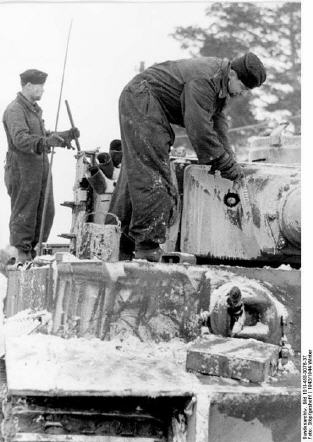Duitse Kleuren WW2
Duitse camouflage verf in de tweede wereldoorlog
At the start of the war, all panzers were painted in a two-tone scheme by Dunklegrau and Dunklebraun. Dunklegrau was the base layer. Irregularly shaped spots of Dunklebraun were sprayed on 1/3 of the surface. From June 1940 the application of Dunklebraun stains was stopped and only Dunklegrau was used for the entire surface.
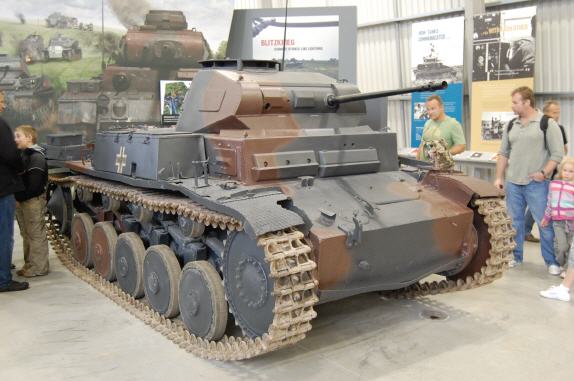
In February 1943 the base color was changed from Dunklegrau to Dunklegelb. Units in the field were provided with concentrated paste with Rotbraun and Olivgrün to create camouflage patterns suitable for the local conditions. This was continued after the panzers were covered with anti-magnetic Zimmerit after August 1943.
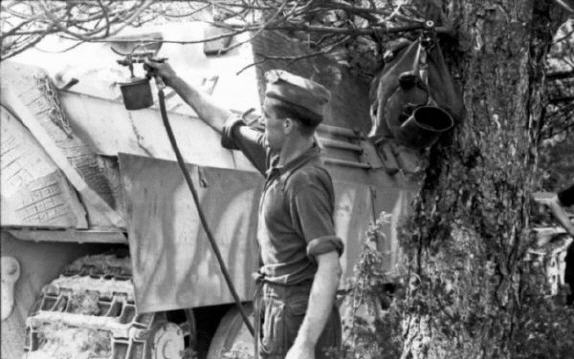
In August 1944 it was decided to apply the camouflage patterns ex works on a primer coat from Dunklegelb in Olivgrün and Rotbraun, applied in spots. After this decision the camouflage pattern "ambush" was created.
After September 1944, the Zimmerit was no longer applied and the tanks were finished with a coat of primer Rot with approximately half of the surface covered with spots of Rotbraun, Olivgrün or Dunklegelb.
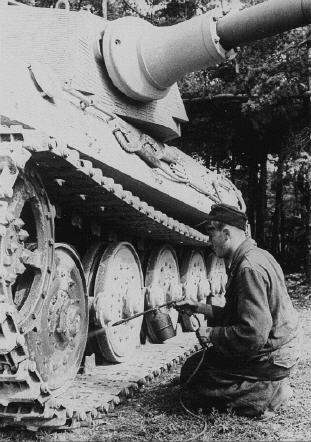
From November 1944 to June 1945- the tanks received a coat of Dunklegrün primer, a camouflage pattern with sharp contours was applied ex works with Rotbraun or Dunklegelb.
Dunklegrau = dark gray
Dunklebraun = dark brown
Dunklegelb = dark yellow
Dunklegrün = dark green
Rotbraun = red brown
Olivgrün = olive green
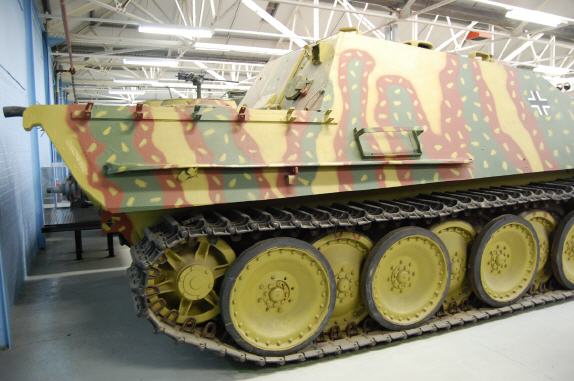
After September 1944, the Zimmerit was no longer applied and the tanks were finished with a coat of primer Rot with approximately half of the surface covered with spots of Rotbraun, Olivgrün or Dunklegelb.
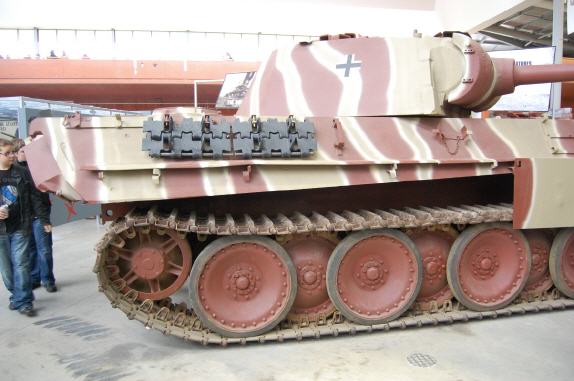
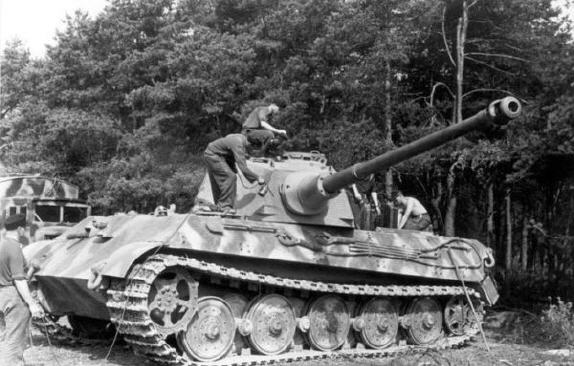
In winter, the white paint was painted over the normal camouflage on the spot
